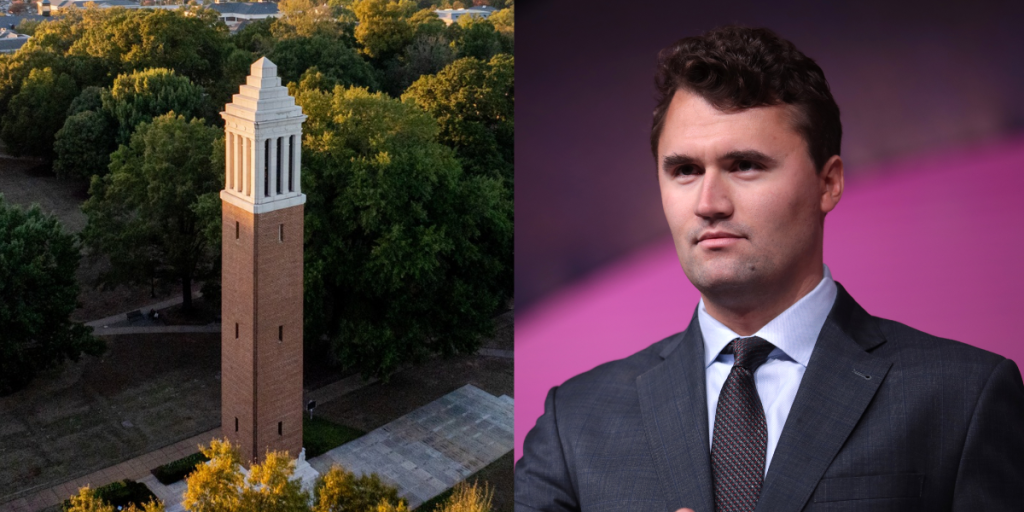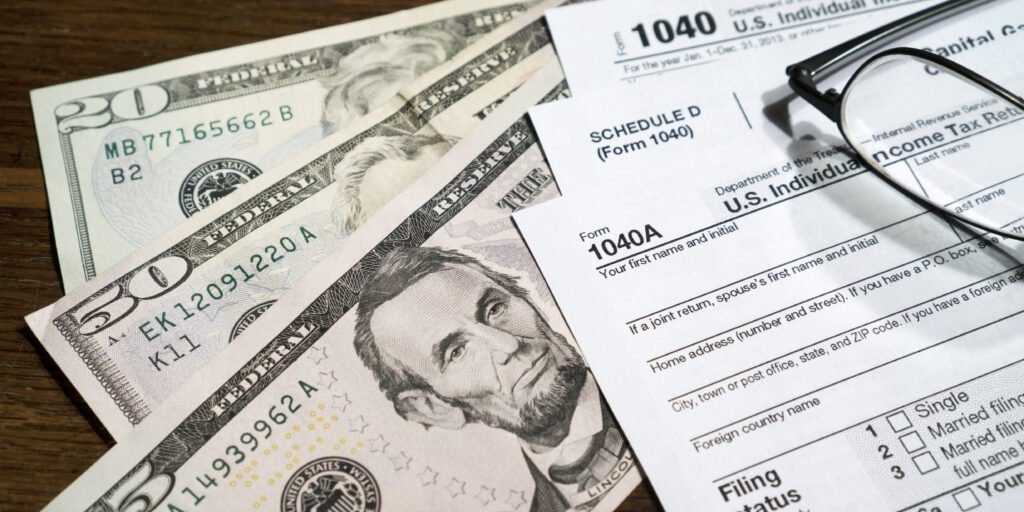
WASHINGTON — In a report released Thursday by the Internal Revenue Service (IRS), the latest tax numbers show how many people have been willing to pay a tax instead of purchasing an insurance plan. The number–6.6 million people–is 10 percent higher than the Obama Administration anticipated and could potentially undermine the entire purpose of the law.
In 2010 when the Affordable Care Act, often referred to as ObamaCare, passed using reconciliation without a single Republican vote, the supposed goal of the law was to expand coverage in order to lower premiums. Supporters likened the healthcare market to a game where more people needed to get off the bench and onto the field. They argued that to lower rates for all people, everyone needed to be forced onto insurance against their will to participate in a market they will have to use eventually.
The forced participation manifested as the individual mandate which requires citizens to buy insurance coverage or pay an Individual Shared Responsibility Payment (ISRP). The ISRP was infamously upheld as constitutional in the 2012 case of NFIB v. Sebelius in which Chief Justice Roberts construed the ‘penalty’ to be a ‘tax’.
Proponents said that by increasing the overall pool, insurance companies could spread out the risk and lower prices. But five years later, there is little evidence of these aspirational goals coming into fruition.
Right here in Alabama, many insurance companies’ rates are rising. Blue Cross Blue Shield of Alabama is reportedly requesting an average of a 28 percent increase for its individual plans, as well as a 73 percent increase for its platinum plan. Small group plans could also increase by nearly 14 percent. UnitedHealthcare is seeking a 24.5 percent increase for its 2016 rates.
In order to be exempt from the penalty–well, tax–that the ACA levies on the uninsured, and individual must possess “minimum-essential coverage” (MEC).
Many different plans qualify as MEC including most employers’ plans, the plans available on state and federal exchanges, Medicaid, and Medicare. But the underlying problem is that most of these plans have a cost higher than benefit in the eyes of many individuals who make the conscious choice to not be covered.
For a single, non-smoking Alabama male in his mid-twenties the cost of catastrophic insurance coverage that meets MEC standards is about $108 per month. Compare that to the ACA tax penalty of $95 per year or 1 percent of yearly income–The federal government takes whichever one is higher–and you can see why many people have rejected coverage altogether.
Of the 6.6 million people who elected to pay the ACA tax, the average payment was $190. About 300,000 taxpayers overpaid the penalty by a total of $35 million. Most should have been exempt for their low income, according to the agency. The average overpayment was a little more than $110 and the IRS hasn’t decided yet whether to issue a refund for the overpayments.












